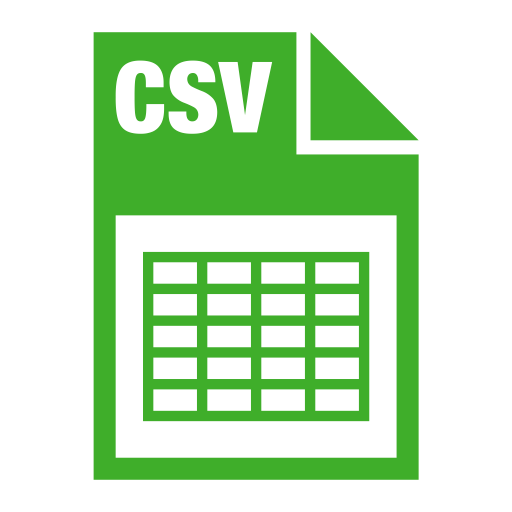

In this short PA, you will be writing a program that reads in a CSV file with no column labels, and can compute a maximum, minimumi, and average of a column.
Name the program csv_processor.py.
Your program should ask the user for three input values:
Below, and example is show of the program accepting these three values from the user.
Enter CSV file name:
numbers.csv
Enter column number:
1
Enter column operation:
avg
After getting all of this information from the user, your program should do the following:
,.
You can append the list that split returns to another list.min, max, or avg.You should structure the code into either three or four functions:
main, to get user inputs and read in the fileLet’s walk through an example.
Let’s say that you requested your program to operate on numbers.csv, and it had the below contents:
1.5,2.0,3.0
8.0,5.0,7.0
3.0,2.0,2.0
2.0,2.0,2.0
That CSV file has four rows and three columns.
You should store all of the values into a 2D list.
Now, say that the user requested the min (minimum) calculation on column 2.
The code should loop through the rows of the 2D list, sum up the numeric values, and then calculate the minimum value.
It should print:
The minimum for column 2 is: 2.0
The max of column 2 would be 5.0 and the avg would be 2.75.
NOTE: The avg feature is extra credit for this short PA.
Below are three complete examples.
These examples use a file named numbers.txt with the same contents shown earlier.
You can also use Gradescope to test your program.
Enter CSV file name:
numbers.csv
Enter column number:
1
Enter column operation:
avg
The average for column 1 is: 3.625
Enter CSV file name:
numbers.csv
Enter column number:
1
Enter column operation:
min
The minimum value in column 1 is: 1.5
max, min, or avg python functionsSubmit to Gradescope by Saturday, April 10th, by 7pm.
You may not use a late day.
There will be some Gradescope test cases for min and max.